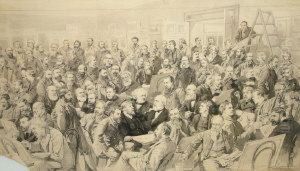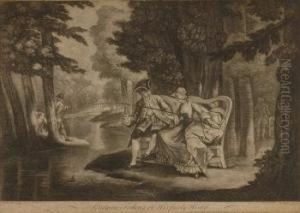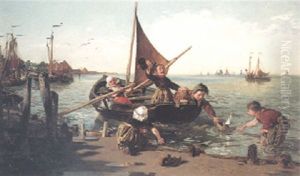Thomas Walter Wilson Paintings
Thomas Walter Wilson was a British artist known for his contributions to painting and teaching in the early to mid-20th century. Born in 1881 in the United Kingdom, Wilson's artistic journey began at a young age, nurtured by a society that was witnessing significant changes in artistic expressions and movements. He honed his skills and developed his unique style amidst an era where art was transitioning through various phases, including Impressionism, Post-Impressionism, and Modernism.
Wilson's education in art was comprehensive, studying at prestigious institutions where he was exposed to both traditional techniques and the avant-garde movements of his time. His work, although not as widely recognized as some of his contemporaries, played a significant role in the British art scene. Wilson's paintings often depicted landscapes, portraits, and scenes of everyday life, imbued with a sense of realism and an eye for detail that captured the essence of his subjects.
Throughout his career, Wilson was not only a practicing artist but also dedicated himself to art education, believing in the power of teaching to inspire and cultivate the next generation of artists. He taught at several art schools, where his influence extended beyond his artwork, leaving a lasting impact on his students. Wilson's approach to teaching was characterized by encouraging creativity, experimentation, and a deep appreciation for the arts.
As the years progressed, Wilson continued to paint and exhibit his work, participating in several exhibitions and gaining recognition among his peers. His style evolved, reflecting the changing times and his own personal growth as an artist. Despite the challenges faced by artists during his time, including two World Wars and the Great Depression, Wilson's commitment to his craft remained unwavering.
Thomas Walter Wilson passed away in 1965, leaving behind a legacy that, though perhaps not as celebrated as some of his contemporaries, was nonetheless vital to the British art world. His contributions to painting and education have been acknowledged by art historians and critics, who see him as a figure who embodied the dedication and passion for art that defined his generation. Wilson's work continues to be studied and appreciated for its contribution to the rich tapestry of 20th-century British art.











